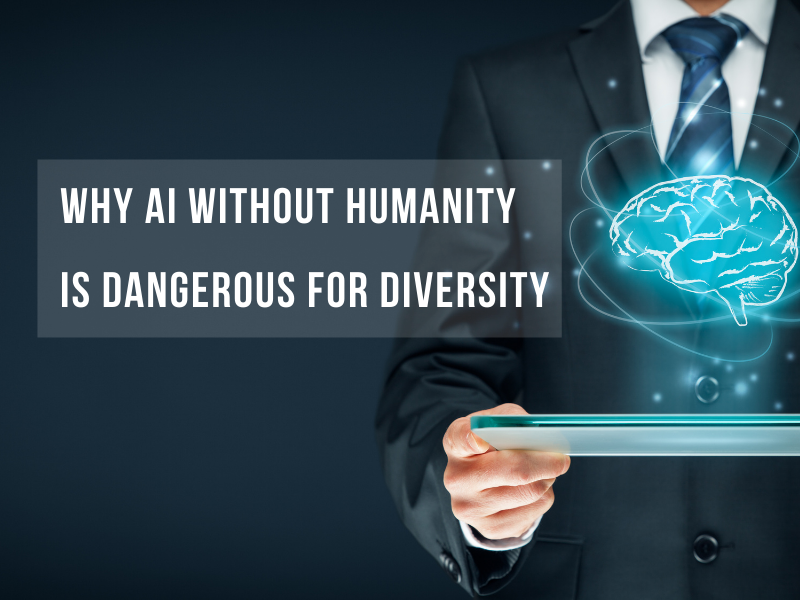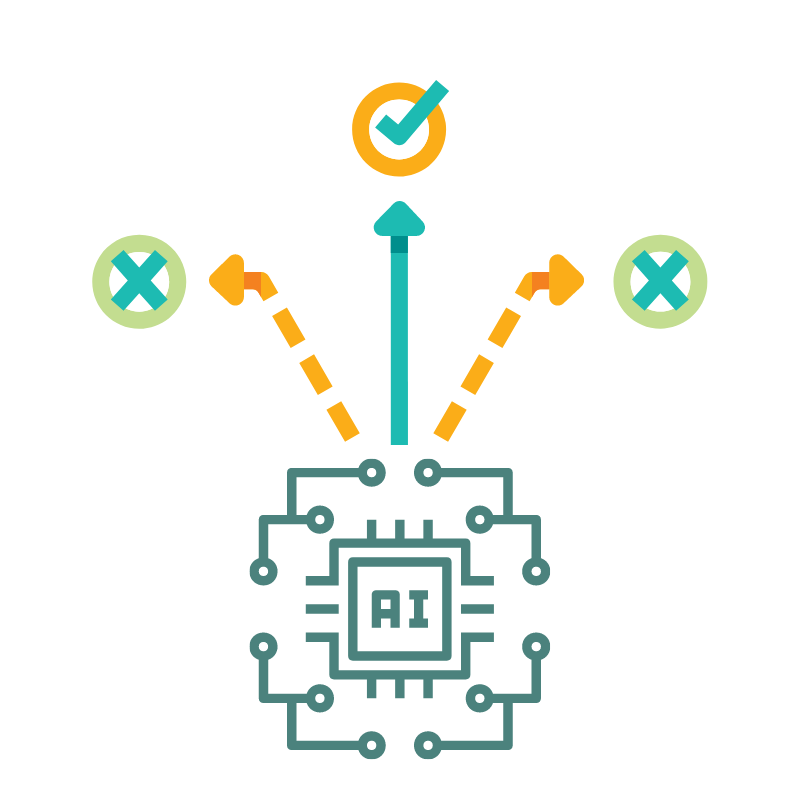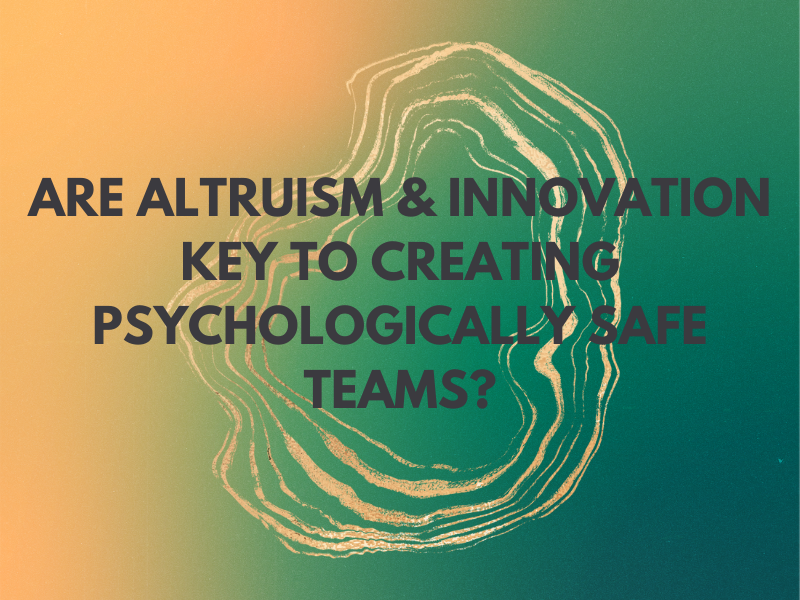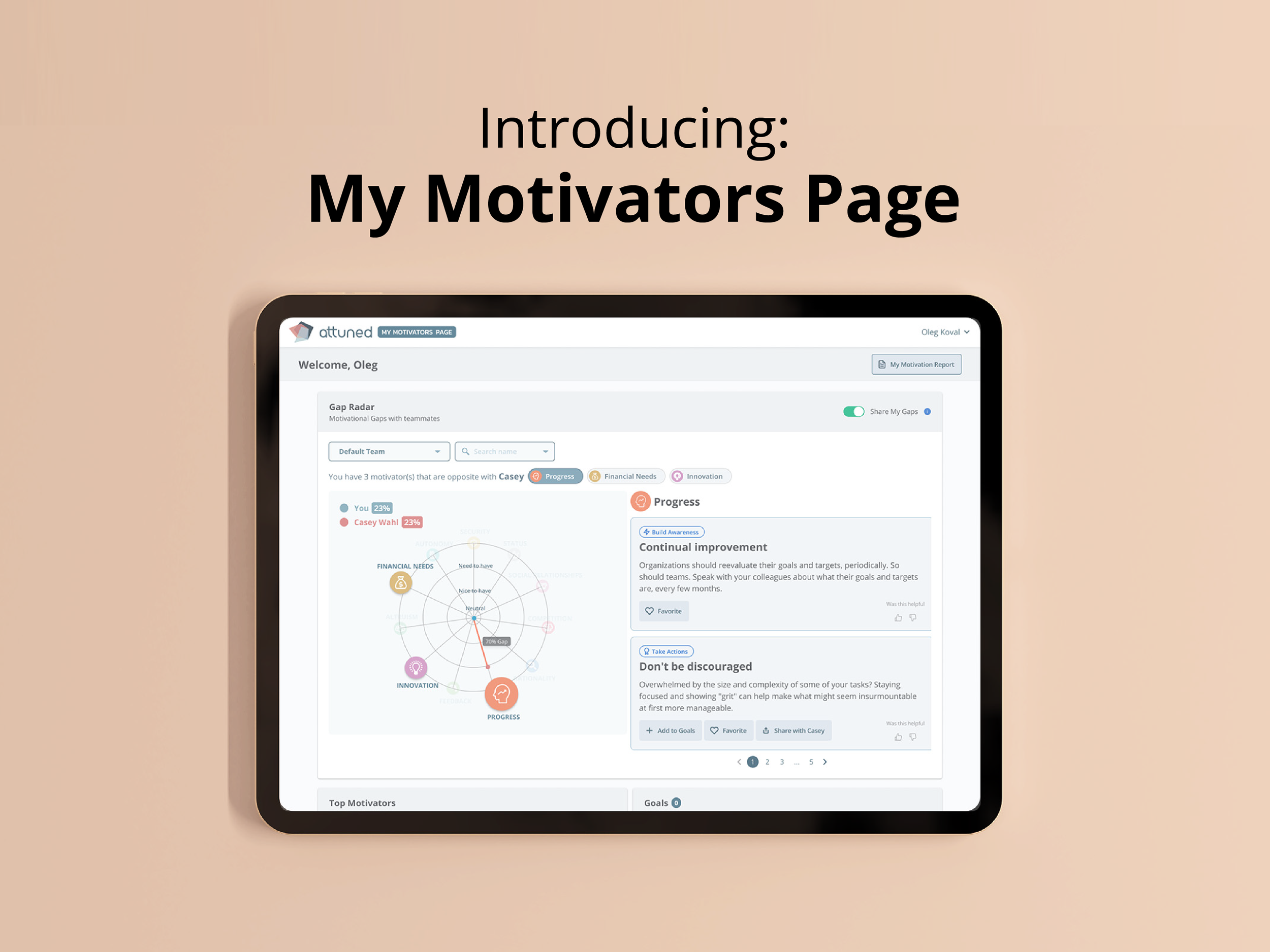Drawing on more than 50 years of research into intrinsic motivation, and built around the 11 Motivators identified by a team of academic and clinical experts, psychology is at the very core of the Attuned platform. Equally important, however, is artificial intelligence (AI)—the complex algorithms and advanced statistical models that allow us to turn the response data into actionable insights.
Like almost all technological innovations, AI can be used to improve the way we live and work, or it can be used for more nefarious purposes. It follows, therefore, that we need checks and balances to ensure that AI tech, and the way it’s used, tends towards the ethical end of the scale. As such, the EU’s proposal to create the first ever regulatory legal framework on AI is welcome news.
For us at Attuned, the key to making AI a force for good has always been that it should be used to illuminate potential problems and enhance people’s natural abilities to solve those problems efficiently and effectively. After all, we created Attuned to help people understand one another better—something we humans tend to do poorly when left to our own devices. Therefore, we believe it is crucial that any new AI technology must originate from a place of humanity.








